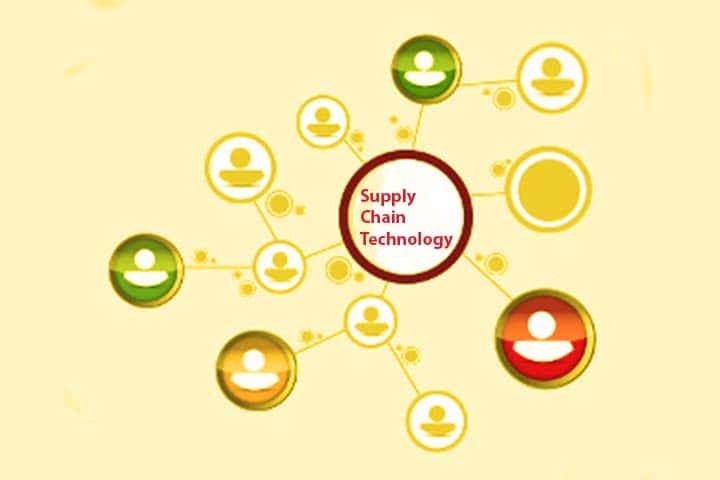If there’s one word to describe 2020, it’s “challenging.” Businesses of all sizes have been challenged on nearly every front, and for many, everything that’s happened this year has been a wake-up call about their supply chains. More specifically, many businesses have become painfully aware that their supply chain is out-of-date, and that new, advanced technology is necessary to stay competitive and meet the demands of the future.
With that in mind, if you think that your supply chain technology is outdated, it probably is. However, there are several signs that clearly indicate that you need to make some changes, or risk being left behind by the competition.
Table of Contents
How To Tell When You Need A Supply Chain Tech Upgrade
Your Customers Are Unhappy
Customers expect fast, accurate service. Although the COVID-19 pandemic required shifting expectations as companies made adjustments to manage the spread of the virus, the fact remains that your customers expect to receive their orders quickly, and that they will be correct. Continually failing to meet expectations will only hurt your business.
One common reason for customer dissatisfaction is a lack of visibility. They want to know where their order is, and when it will arrive — and they want that information in real time. If you aren’t able to provide that level of visibility, your customers will go where they can get it. That means you need to invest in new technology, from RFID tracking systems to real-time inventory planning, to meet your customers expectations and stay on top of your supply chain demands.
Costs Are Increasing
Transportation costs comprise a significant portion of your logistics expenses. However, if they are constantly increasing because you aren’t using the most efficient planning tools, and basing shipping plans and decisions on data, then you need to invest in technology to get those costs in check.
You Have an Excessive Number of Claims
Supply chain challenges can contribute to claims for lost or damaged shipments in several ways. For starters, when you stretch the limits of your supply chain, you may become overloaded with inventory. Too much inventory typically leads to loss — when you don’t have space for everything it can get misplaced or damaged, or you could find yourself with excess products you can’t sell. With more effective supply chain tools, you’re able to leverage real time data into strategic decisions that maximize both physical space and business outcomes.
Outdated supply chain technology can also lead to claims on incoming and outbound shipments. Implementing improved tracking on your outbound shipments can reduce concealed shortages, for instance, by ensuring that shipments are accurate at both the carton and pallet level before they even leave your facility. When customers regularly claim lost or damaged shipments, there’s clearly an issue that needs to be managed.
New Ideas Are Too Difficult to Implement
Supply chain management is constantly evolving, and new ideas can streamline your operation and make it more agile and prepared to manage challenges. One surefire sign that your technology is out of date, then, is ongoing difficulty in implementing new ideas and changes to processes and procedures. It may be that a new tool is incompatible with the existing, custom-build system, or would require too much of an investment to make it worthwhile. It could be that a new process requires too many adjustments at other points along the way. It may simply be that you face resistance from your team, who have spent decades building a system that they are comfortable with.
Regardless of why it occurs, the fact is that if it’s too difficult to implement new ideas or tools into your system, you need a new one. Newer tools are designed for increased flexibility, and offer increased capability and functions. With these increased capabilities, you have a better chance of developing the resiliency and agility you need to weather whatever storms come in the future.
Your Employees Are Unhappy
No one likes working with outdated technology. Challenges in logistics can lead to employee frustration and burnout, as they struggle to do their jobs without the right tools and information. From your warehouse teams who are forced to work with manual systems that slow down picking and packing, to the managers and sales team who have to deal with unhappy customers, outdated tech affects every level of your company. Investing in upgraded technology is an investment in your people, and can reduce turnover and measurably increase employee satisfaction.

